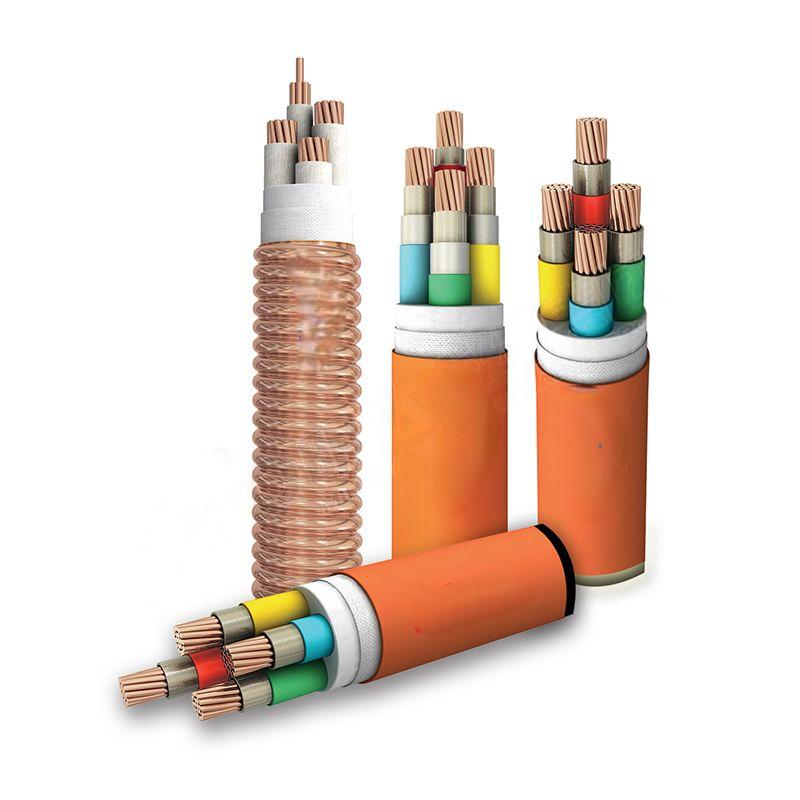Dec . 05, 2024 02:25 Back to list
cast steel check valve
Cast Steel Check Valve An Overview
Check valves are essential components in various piping systems, primarily designed to allow fluid flow in one direction while preventing backflow. Among the various materials used to construct check valves, cast steel has emerged as a popular choice due to its favorable mechanical properties and versatility. In this article, we will explore the design, advantages, applications, and maintenance of cast steel check valves.
Design and Structure
Cast steel check valves typically feature a simple yet efficient design that consists of a valve body, a disc or flapper, and a seat. The valve body is cast from high-quality steel, which provides excellent strength and durability. The disc is responsible for controlling the flow of fluid; it flips open when the fluid flows in the designated direction and closes against the seat when flow reverses, thereby preventing backflow.
These valves can be classified into different types, including swing check valves and lift check valves. Swing check valves have a disc that swings on a hinge, while lift check valves have a disc that moves vertically. The choice between these types depends on the specific application and the characteristics of the fluid being transported.
Advantages of Cast Steel Check Valves
1. Strength and Durability Cast steel possesses a high tensile strength, making it suitable for applications in demanding environments. This durability ensures that the valve can withstand high pressures and temperatures, which is crucial in industries like oil and gas or chemical processing.
2. Corrosion Resistance While steel is inherently prone to corrosion, many cast steel check valves are treated or coated to enhance their corrosion resistance. This treatment is essential for applications involving aggressive fluids, ensuring a longer lifespan for the valve.
cast steel check valve

3. Versatility Cast steel check valves can be manufactured in a wide range of sizes and pressure ratings, making them adaptable to various applications. Whether used in water supply systems, industrial processes, or HVAC systems, these valves can be tailored to meet specific operational needs.
4. Cost-Effectiveness Compared to other materials such as stainless steel, cast steel is often more cost-effective. This affordability, combined with its durability, makes it an attractive option for many engineering projects.
Applications
Cast steel check valves are employed across a broad spectrum of industries. In the oil and gas sector, they are used in pipelines to prevent backflow that could cause spills or damage to equipment. In water treatment facilities, these valves ensure that treated water flows in the correct direction without contamination from backflow.
In chemical manufacturing, cast steel check valves help manage fluid transitions between processes while safeguarding against reverse flow, which could compromise the integrity of chemical reactions. Additionally, they are commonly used in power plants, HVAC systems, and irrigation systems, highlighting their versatility across different sectors.
Maintenance Considerations
Despite their robustness, regular maintenance of cast steel check valves is crucial to ensure optimal performance. Routine inspections should be conducted to identify any signs of corrosion, wear, or other damage. Cleaning the valves periodically helps prevent debris buildup, which can affect their operation. Lubricating moving parts, particularly in swing check valves, can enhance their functionality and longevity.
In conclusion, cast steel check valves are a vital component in many industrial applications, offering strength, durability, and cost-effectiveness. Their ability to prevent backflow and ensure the smooth operation of fluid systems makes them indispensable in various sectors. As industries continue to evolve, the demand for reliable and efficient check valves, particularly those made from cast steel, will remain strong, underscoring their importance in modern engineering practices.
Share